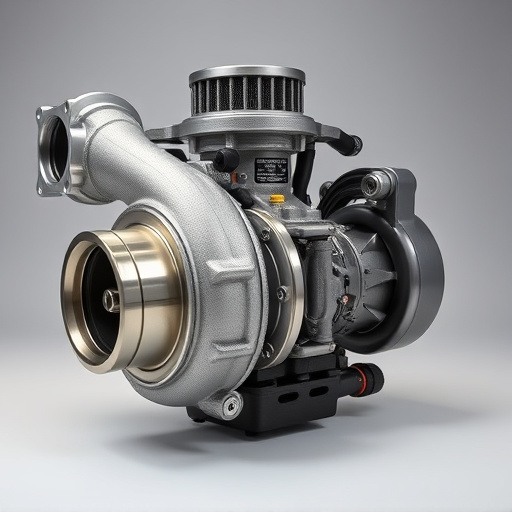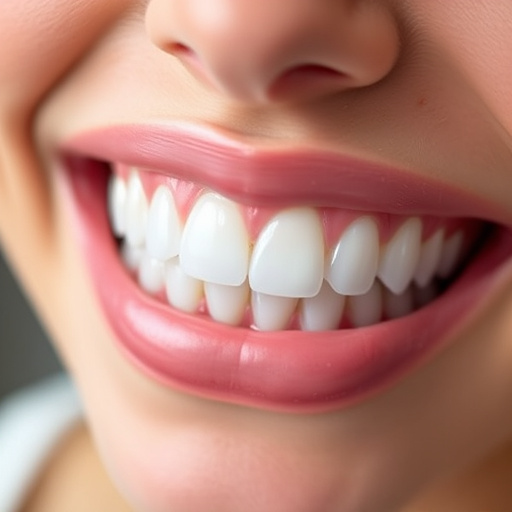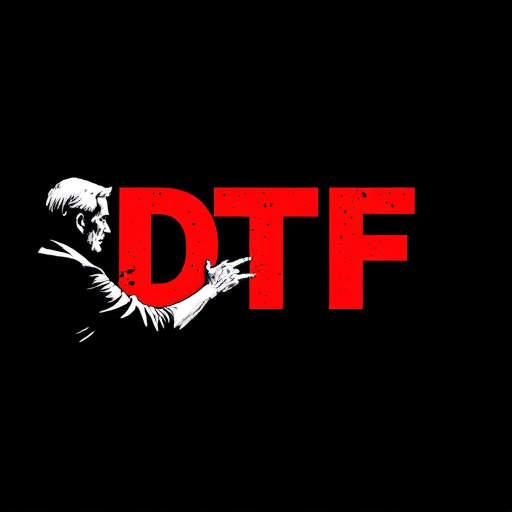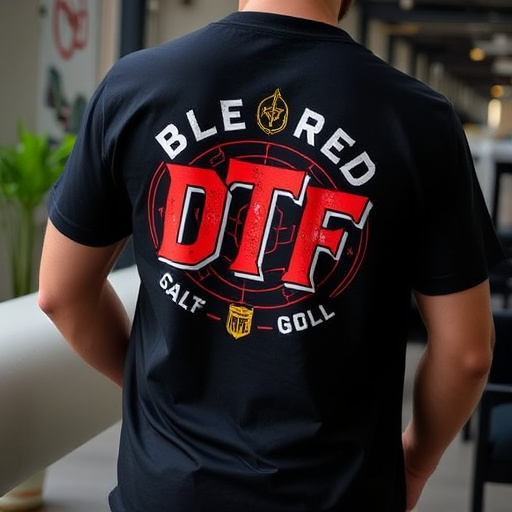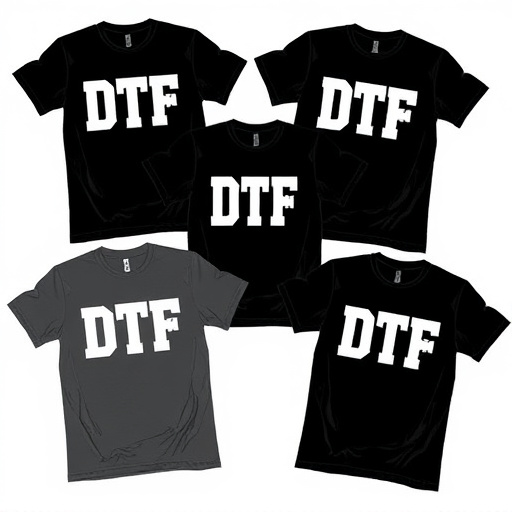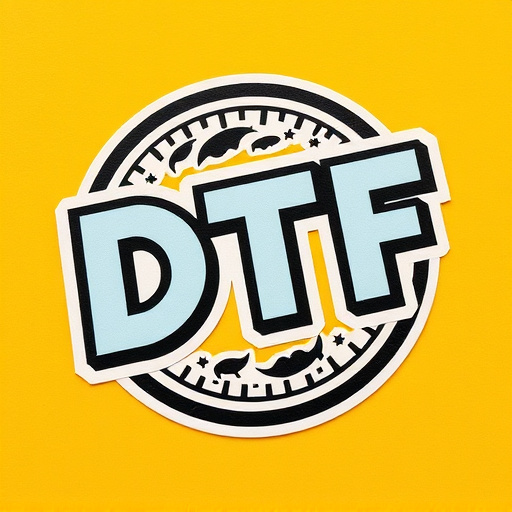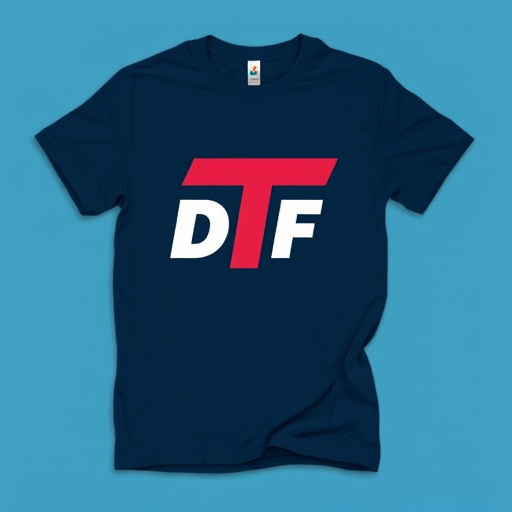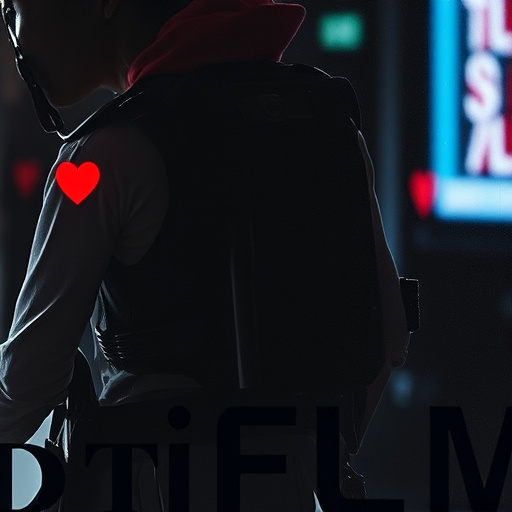DTF Adhesive Powder is a vital component in direct-to-fabric (DTF) printing, enhancing print durability on stretchable fabrics and revolutionizing custom transfers. By acting as a bonding agent with UV transfers, it creates vibrant designs suitable for activewear and sports gear. Selecting the right DTF powder based on fabric type and project needs ensures smooth prints, faster production times, and superior quality, catering to industries like fashion and signage.
DTF Adhesive Powder is transforming the 3D printing landscape, offering a game-changing solution for smooth, stretch-resistant prints. This innovative material has garnered attention across industries due to its unique properties. In this article, we’ll explore the fundamentals of DTF (Direct to Form) adhesive powder, delving into its benefits, diverse applications, and how to select the ideal powder for your specific project. Get ready to unlock precise, durable printing with this revolutionary component.
- Understanding DTF Adhesive Powder: The Basics
- Benefits and Applications of Using DTF Adhesive Powder
- Choosing the Right DTF Adhesive Powder for Your Project
Understanding DTF Adhesive Powder: The Basics

DTF Adhesive Powder is a crucial component in the world of direct-to-fabric (DTF) printing services. It plays a pivotal role in enabling high-quality, stretch-resistant prints on various fabrics. This specialized powder acts as a bonding agent when combined with UV dtf transfers, creating a durable and flexible finish. The process involves applying the adhesive to the fabric’s surface, then placing the transfer and curing it with UV light, resulting in vibrant, long-lasting designs.
Understanding DTF Adhesive Powder’s basics is essential for anyone interested in this printing method. It ensures that the print remains intact even when the fabric stretches or moves, making it perfect for activewear, sports gear, and other items requiring flexibility and durability. With its ability to enhance the adhesion between fabric and design, DTF adhesive powder has revolutionized custom dtf transfers ready to press, offering businesses and individuals a versatile and efficient way to create unique, high-performance printed products.
Benefits and Applications of Using DTF Adhesive Powder

The use of DTF Adhesive Powder offers a multitude of benefits for both businesses and individuals in the printing industry. By integrating this specialized powder into the dtf printing process, printers can achieve incredibly smooth and stretch-resistant prints on a variety of materials. This is particularly advantageous for creating high-quality, durable custom apparel, ensuring that designs maintain their integrity even under stress or during movement.
Beyond its application in dtf custom apparel, DTF Adhesive Powder enhances the overall curing process, allowing for faster and more efficient production times. The powder acts as a key component in bonding fibers together, resulting in strong and long-lasting prints. This benefit is notable across diverse industries, from fashion to signage, where precision and durability are paramount.
Choosing the Right DTF Adhesive Powder for Your Project

Selecting the appropriate DTF Adhesive Powder is a key step to achieving exceptional dtf printed shirts and maintaining top-notch dtf print quality. Different projects may require specific powder characteristics, such as binders with stretch resistance for activewear or flexible powders for intricate designs on softer fabrics. Understanding your fabric type and desired print outcome guides the selection process.
When working with dtf transfer film, consider the powder’s compatibility to ensure smooth application and long-lasting durability. High-quality DTF adhesive powders offer precise control over adhesion, allowing for detailed designs and vibrant colors. Opting for the right powder can significantly enhance the overall dtf print quality, ensuring your final product meets or exceeds expectations.
DTF Adhesive Powder offers a game-changing approach to 3D printing, providing users with the ability to create smooth, stretch-resistant prints across various materials. By understanding its basics, leveraging its benefits, and selecting the right powder for specific projects, creators can unlock new possibilities in their work. This innovative technology is revolutionizing the 3D printing landscape, ensuring precise and durable results that meet the demands of today’s makers and designers.

